Nationality Mohawk Nation Children Fawn Oaks | Role Activist Name Richard Oakes Grandchildren Elijah Oakes | |
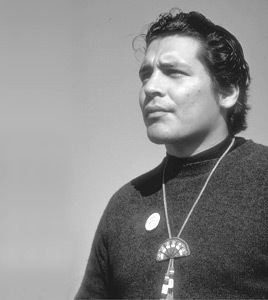 | ||
Assassinated September 20, 1972, Sonoma, California, United States Education San Francisco State University | ||
Richard Oakes (May 22, 1942 – September 20, 1972) was a Mohawk Native American activist. He spurred Native American studies in university curricula and changes in US federal government policy toward Native Americans, and led an Occupation of Alcatraz Island.
Contents
- Richard oakes delivering the alcatraz proclamation 1969 from the education archive
- Early life
- Marriage and education
- Native American studies and occupation of Alcatraz
- Alcatraz occupation
- After Alcatraz
- Tributes
- References
Richard oakes delivering the alcatraz proclamation 1969 from the education archive
Early life
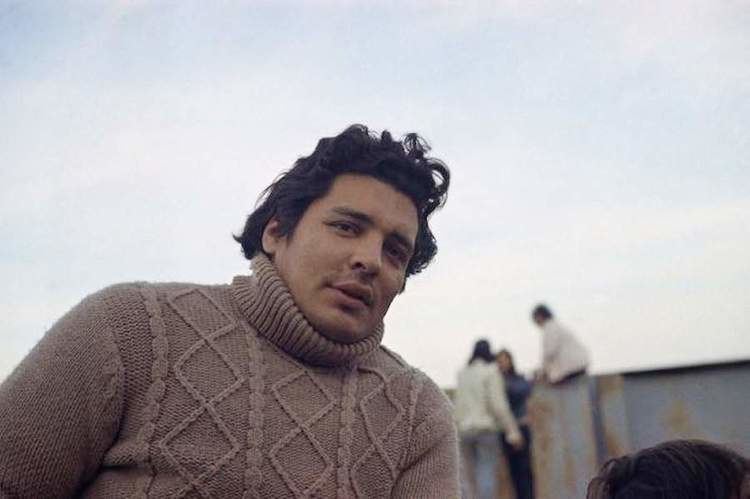
Richard Oakes was born on May 22, 1942, in St. Regis Mohawk Reservation, a location known in Mohawk as Akwesasne, the US portion of a reservation that spills into Canada across the St. Lawrence River. Like many of his ancestors, Oakes spent most of his childhood fishing and planting beans. He then began working at a local dock area on the St. Lawrence Seaway, but was laid off at the age of sixteen, after which he worked as a high steelworker, a job that entailed a great deal of traveling.
Marriage and education

While working on the Newport, Rhode Island Bridge, Oakes met and married an Italian/English woman from Bristol, Rhode Island. They had one son, Bryan Oakes, who was born in June 1968. Richard left the two, divorcing his wife, and traveled west. He reached San Francisco and decided to enroll at San Francisco State University. While studying at SFSU, Oakes worked as a bartender in the Mission District of San Francisco, which brought him in contact with the local Native American communities.
Native American studies and occupation of Alcatraz
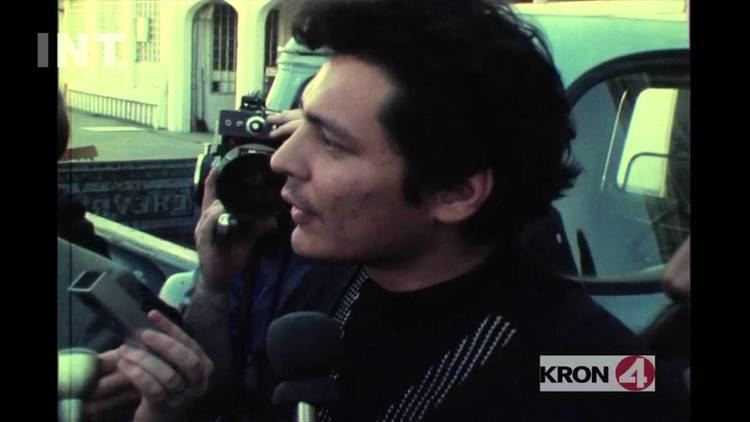
Oakes was disappointed with the classes offered at SF State and went on to work with an anthropology professor to create one of the first Native American Studies departments in the nation. He developed the initial curriculum and encouraged other Native Americans to enroll at San Francisco State University. At the same time, the Mohawk National Council was forming and traveling in troupes to fight oppression of Mohawk religion by means of peaceful protest, which they called White Roots of Peace. In the spring of 1969, Oakes met the members of the White Roots of Peace, who encouraged him to take a stand and fight for what he believed in. Oakes had also gained the support of many students. He went on to play an integral role in the Occupation of Alcatraz. Also in 1969, he married Annie Marufo, who was part of the Pomo Nation, and Oakes adopted all five of her children.
Alcatraz occupation
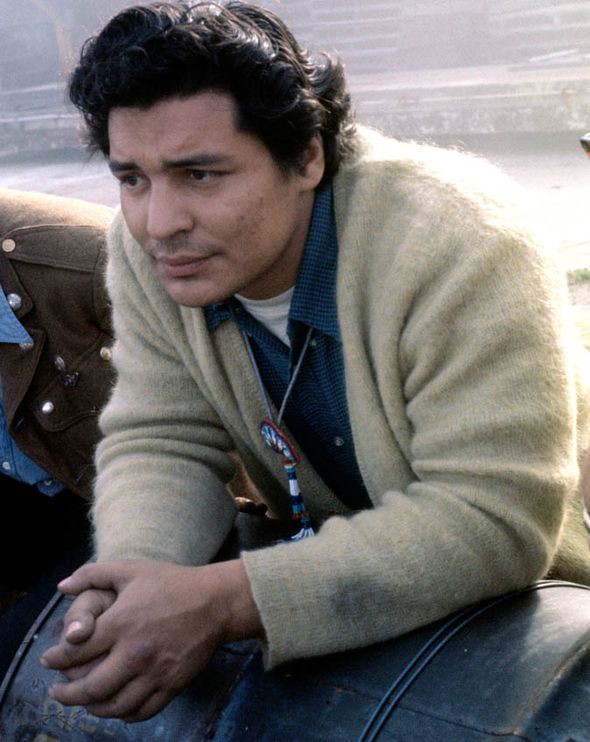
In 1969, Oakes led a group of students and urban Bay Area Native Americans in an occupation of Alcatraz Island that would last until 1971. He also recruited 80 UCLA students from the American Indian Studies Center.
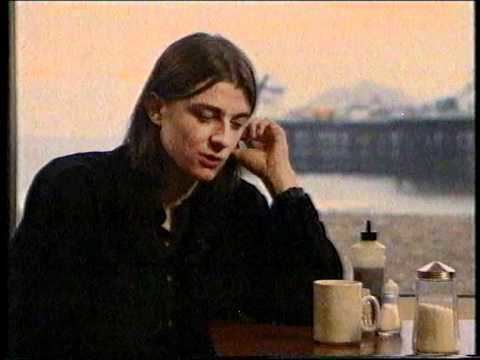
Many other Nations had already attempted to circle the island in boats but all were unsuccessful. When boats stopped during their course, Oakes chose to swim through the rest of the Bay and directly took control of the island. Indigenous Americans of various Nations joined Oakes and staged the longest occupation of a federal facility by Native American people.
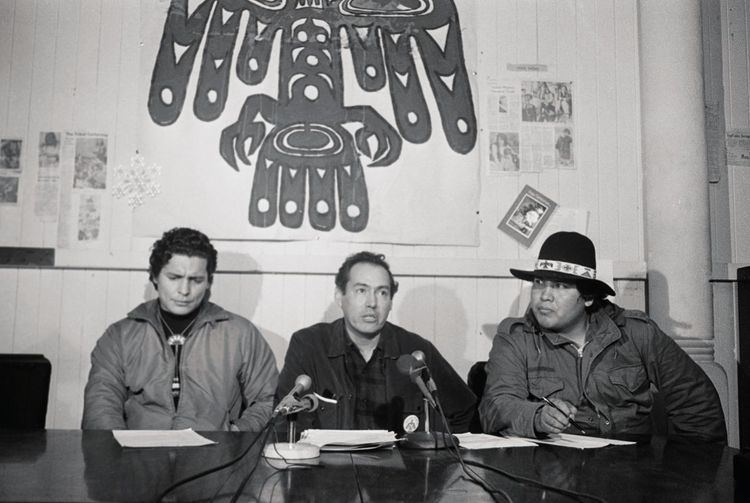
The historic occupation was made up initially of young indigenous college students from around San Francisco and UCLA. Oakes was considered a noted activist during the occupation according to The American Indian Quarterly.
Oakes had control of the island from the very beginning, with an organizational council put into effect immediately. Everyone had a job, including security, sanitation, day care, schooling, cooking, and laundry. All decisions were made by the unanimous consent of the people.
The occupiers proclaimed their purpose as “To better the lives of all Indian people” by making “known to the world that we have a right to use our land for our own benefit” through reclaiming Alcatraz “in the name of all American Indians by right of discovery.”
In 1970 the island began to fall into disarray. On January 5, 1970 Oakes' 12-year-old adopted daughter, Yvonne, fell to her death from concrete steps. After her funeral, Oakes and Marufo left the island.
Conflicts over leadership and the influx of non-indigenous Americans diminished the important stance of the original occupants. In June 1971 the United States government removed the remaining 15 occupants from the island.
While Oakes and his followers did not succeed in obtaining the island, they did affect U.S. policy and the treatment of Indians. As a result of the occupation, the official U.S. government policy of termination of Indian tribes was ended and replaced by a policy of Indian self-determination.
After Alcatraz
After leaving Alcatraz, Oakes continued his resistance. He helped the Pit River Tribe in their attempts to regain nearly 3 million acres of land that had been seized by Pacific Gas & Electric. Oakes also planned to create a "mobile university" dedicated to creating opportunity for Native Americans, but this never came to fruition. As a result of his activism, he endured tear gas, billy clubs, and brief stints in jail.
Soon after, Oakes was shot and killed in Sonoma, California, by Michael Morgan, a YMCA camp manager. Morgan had a reputation for being rough with Native American children. Oakes reportedly violently confronted him, and Morgan was in fear for his life, responded by drawing a handgun and fatally shooting him. Oakes was unarmed when he was shot. Morgan was charged with voluntary manslaughter. He was acquitted in a jury trial on the grounds that Oakes was being violently aggressive and Morgan was in fear for his life. He was acting in self-defense.
Oakes died on September 20, 1972 in Sonoma, California, at the age of 30.
